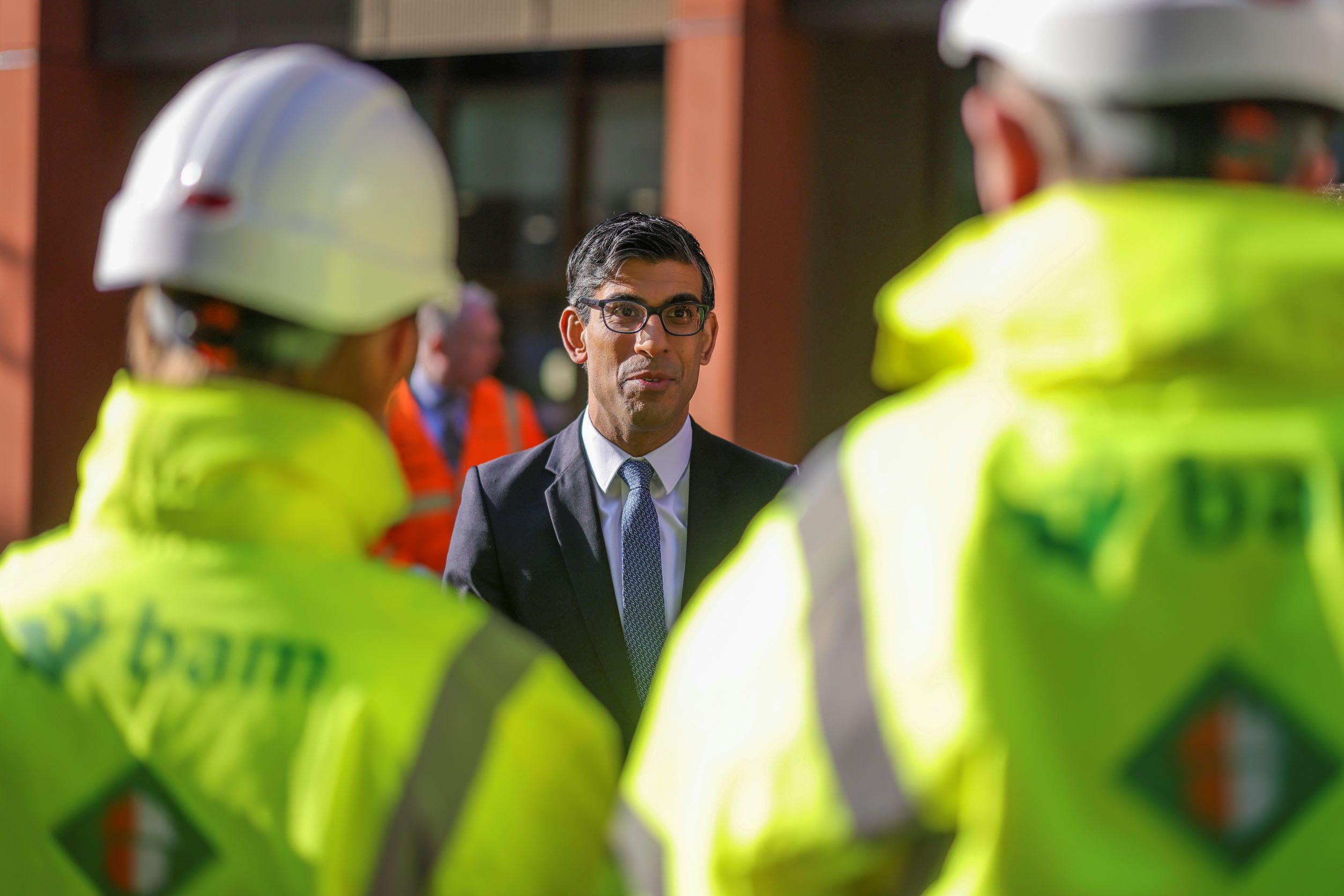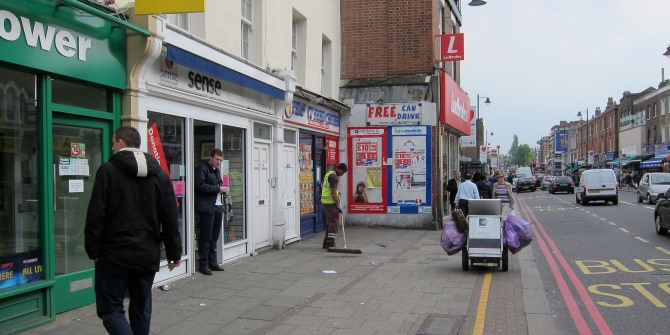 Anne Power outlines the key recommendations of the Grenfell Inquiry Report, and writes that the government, the London Fire Service, owners of multi-storey residential blocks, and councils must act on the findings.
Anne Power outlines the key recommendations of the Grenfell Inquiry Report, and writes that the government, the London Fire Service, owners of multi-storey residential blocks, and councils must act on the findings.
The Public Inquiry into the Grenfell Tower fire and the tragic loss of 72 lives spent an agonising two years collecting evidence for the first report, which detailed what actually happened on the night of 14 June 2017. The findings of the Inquiry, Phase 1, resonate deeply. Grenfell United, the organisation formed of the bereaved and survivors of the fire welcomed its findings and recommendations, even though the build-up to the inquiry was painful for those directly involved. Images of the blaze reaching into the sky 23 storeys above Kensington are imprinted in most people’s minds. The shock went so much deeper as residents living in many thousands of high-rise blocks all over the country became deeply anxious about the safety of their home.
LSE Housing, in partnership with the National Communities Resource Centre at Trafford Hall, set out to uncover the lessons from Grenfell only a month after the fire, so residents and workers in the rest of the country could learn how to make multi-storey buildings safe. We held residential two-day brain storming workshops, off the record, to allow participants to share deep learning. The fire service, as well as tenants from Lancaster West Estate, where Grenfell Tower stands, contributed.
The government took our ten lessons from Grenfell seriously, as did the local council. The lessons resonated with the hard-hitting report from the mild-mannered Inquiry chair, Sir Martin Moore-Bick. He was clear from the outset that the inquiry reflected ‘above all a human tragedy’. Evidence came from former residents, fire fighters, emergency phone line operators, senior fire officers, police, ambulance, council officers, and the deeply discredited council-owned housing management, misleadingly labelled a Tenant Management Organisation.
Sir Martin gave recognition to the firefighters who ‘entered the burning building on several occasions in disregard of their own safety’ to rescue trapped residents. But he was equally clear about ‘serious shortcomings’, principally in the London Fire Brigade. He made it clear that the lead-up to the fire, the role of the local council and its management arm, will be closely scrutinised in Phase 2 of the inquiry. This delay has frustrated many residents and critics, but key recommendations in Phase 1, set out below, give government, the London Fire Service, owners and managers of multi-storey residential blocks, and councils a lot to act on now.
Sir Martin calls the Grenfell fire ‘unprecedented’ and staff were expected to respond without being ‘properly prepared’ and as a result were ‘overwhelmed by the scale of the disaster’. There were many ‘systemic’ failings that must change to save lives. Flats in multiple occupancy blocks must be fire contained, so that when a fire starts in one flat it cannot easily pass in to another. It is safer for occupants to ‘stay put’ while the fire and its spread are contained. Compartmentation, as it is called, was quickly breached at Grenfell Tower, within 15 minutes of the fire starting in flat 16. Yet evacuation was delayed for at least an hour after the fire had spread inside other flats.
The report’s recommendations are far-reaching. First, government should issue national guidance on evacuation, with fire services, owners, and managers of high-rise buildings producing local advice and specific evacuation plans on site in each building. Building owners are responsible for the safety of all residents, including the elderly, people with disabilities, and young children, so the evacuation plan for each block must cover them. A recognisable fire evacuation siren in every block, as in all schools, colleges, and commercial buildings, should alert residents to the evacuation order. For Grenfell, and for most high-rises, no such measures were in place.
Second, fire doors and door closers, both vital to compartmentation and fundamental to safe high-rise living, must work. Landlords have full responsibility for compliant fire doors and working door closers, requiring three-monthly checks. This task must be legally binding on landlords.
Third, correct information and control are vital at so many levels and between so many parties that multiple changes and reforms are recommended. Most important is the duty of landlords to produce and share a record of the design of the building and any modifications, including floor plans and clear sign-posting of all floor levels and flat numbers within buildings. A safe information box at the entrance of every building, must hold design plans, fire safety information, etc. Again, none of this was in place at Grenfell Tower.
Fourth, fire services must be able to ‘take control of lifts’ to fight the fire and rescue residents needing help. This proved impossible in Grenfell Tower. Residents used lifts so fire fighters often couldn’t, ‘sometimes with fatal consequences’. Sir Martin recommends a landlord duty of monthly inspection of lifts and a legally binding mechanism for fire fighters to take control of lifts.
Fifth, clear lines of communication, information, advice and instruction are key ways of handling emergencies. Without a ‘single point’ of control, it is impossible for fire fighters on the ground, staff taking hundreds of emergency calls, senior officers managing operations, the police, ambulance and council staff involved to co-operate. As a result, at Grenfell front line staff acted ‘on their own initiative’ in a confused and un-coordinated way. Sir Martin recommends direct communication along a short line of control, using modern methods.
Sixth, training, retraining, and refresher courses will prepare fire fighters’ responses. Serious fires do not happen every day. Training must be frequently updated to allow those responsible for public safety to respond correctly. This applies all the way up the ranks to senior fire officers. Yet eight years after a previous serious residential fire causing six deaths at Lakanal House, lessons were not learnt and applied.
The Grenfell Inquiry Report makes painful reading in its detail and clarity. This report should spur landlords to speedily remove all combustible panels containing polyethylene from the 400 buildings still affected. Government must act to implement and enforce Sir Martin’s recommendations. Those responsible for, and living in, high-rise blocks must this time learn the lessons from Grenfell.
___________________
 Anne Power is Professor of Social Policy and Head of LSE Housing and Communities.
Anne Power is Professor of Social Policy and Head of LSE Housing and Communities.
All articles posted on this blog give the views of the author(s), and not the position of LSE British Politics and Policy, nor of the London School of Economics and Political Science. Featured image credit: “Grenfell Tower” by Catholic Church (England and Wales) is licensed under CC BY-NC-SA 2.0






